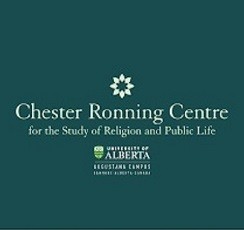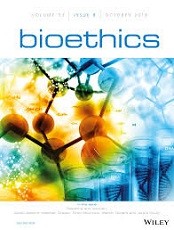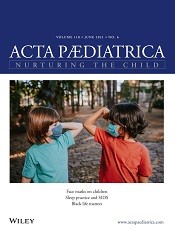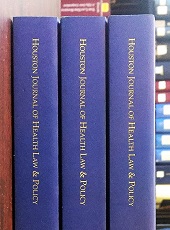Iain T Benson
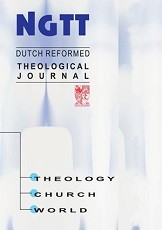
Abstract
Only when it is recognized that not all ‘faiths’ are religious and that all citizens operate out of some sort of faith commitments can we be properly in a position to evaluate nonreligious faiths alongside religiously informed ones. This re-adjustment of the usual way of examining matters then should lead, Professor Benson argues, to a more accurate way of viewing current education and politics (and their areas of avoidance) as well as such things as fair access to the public square by religious believers and their communities. The long dominance of atheistic and agnostic forms of social ordering (including funding for such things as education and health care) is based, in part, on a belief that stripping religious frameworks from public sector projects is ‘neutral’ when it is not.
In addition, the focus on a rights based jurisprudence has a tendency to view rights such as the freedom of religion in individualist ways that ignore the communal importance of religion. The paper will suggest that moves to put pressure on the associational dimension of religions ignore the communal nature of certain forms of belief to the detriment of a more co-operative society and far from encouraging human freedom, actually reduce it.
In the long run, the importance of religions and their communities to the public sphere – which has been recognized by the Constitutional Court of South Africa – will be encouraged by this fresh and more accurate way of viewing belief systems and the communities that form around them. The more accurate way of understanding both the reality of and the need for more articulate public beliefs, will, Benson argues, provide a richer ground for such things as public school curriculum which often drift in the face of fears of moral imperialism and metaphobia (fear of metaphysics).
Benson IT. Seeing through the secular illusion. Nederduitse Gereformeerde Teologiese Tydskrif. 2013;54(Supplement 4)
